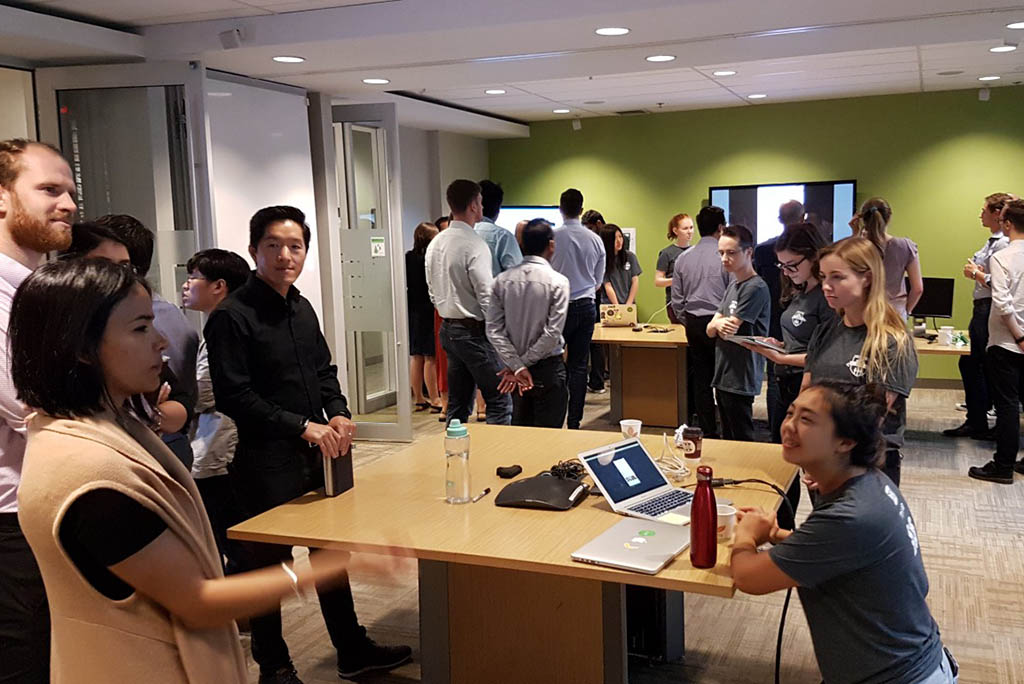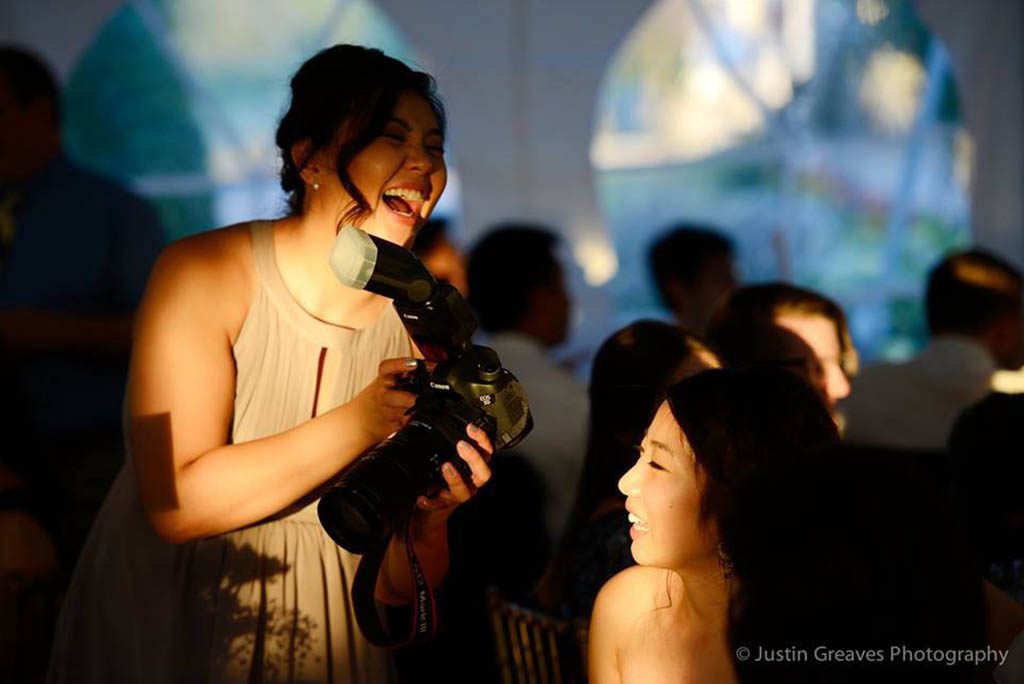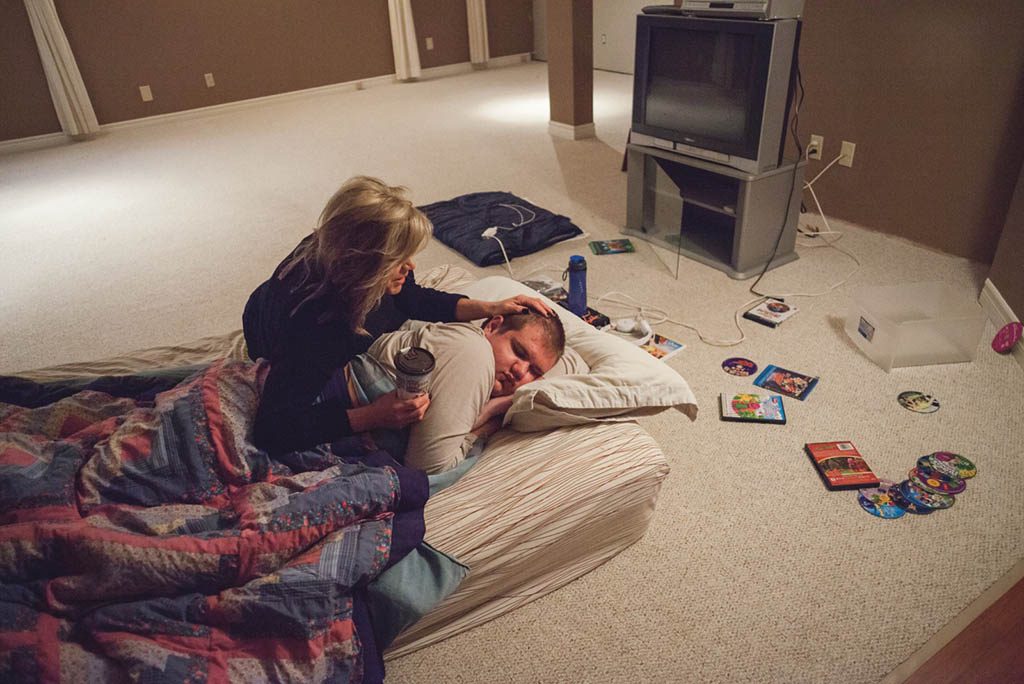
Wednesday 19 Sep 2018
Not by Design: How My Unconventional Path Influences Me as a Td Innovation Lab Designer Today
Written by Amanda Cheung, TD Innovation Lab
Growing up, I’d always been interested in the arts. I also loved working with people and learning about culture and behaviour. At a crossroads after high school between pursuing science or the arts, I decided to study Psychology in university. I started in Clinical Psychology, influenced by my interest in biology, but as I took more Social Psychology classes, I realized that’s where my true interests lay. Social Psych focuses on everyday behaviours and patterns, and for someone who is curious about why people do what they do, social psych allowed me to learn just that.
After university, I worked with college students for a year providing mentorship and counselling. While I loved working with students, I knew something was missing. My degree taught me a lot about people, but it ignored my love of the arts. I realized, there was no outlet for me to express my creativity. When it came to choosing post-secondary education programs, I never thought I could get a job doing creative work. To me, it was always just a hobby.
It wasn’t until a friend told me about the photojournalism program at Loyalist College that I realized there were opportunities to work as a creative. I loved my time at Loyalist. Photojournalism opened up a whole new lens for me to see from — literally — and explore my creative side, while also utilizing my psychology background. I was able to use my camera to dive deeper into the inner workings of people. I was welcomed into strangers’ lives and had the privilege of sharing their stories.
After graduating, I freelanced for a few small publications until I landed a contract as the Communications Coordinator for a new-to-Canada settlement agency. Through this role, I was given creative and editorial control of their magazine publication, which centred on the individuals we supported and the staff who provided the support. When the Syrian Refugee crisis hit, my work took a pivotal turn. I began working with families on private sponsorships to bring their family members, who were Syrian refugees, to Canada. It was challenging and emotionally taxing but when the first group of people finally arrived, it was all worth it. They shared their stories with me, the struggles they battled through, and their dreams for the future. In turn, I had the privilege of sharing their experiences with our readers through images and stories of their journeys to Canada.
This work, while incredibly rewarding and fulfilling, involved a lot of emotional investment and I quickly burnt out.
When I tried to find something that would use both my creative and academic strengths, I came across UX (User Experience) Design. Immediately, I was interested, but didn’t completely understand what it was. There were UX principles and methodologies that were familiar to me and that I’d applied to my work before, but I never had the terminology for why I did what I did. It wasn’t until I did some more research, and my uncle explained the field in depth that I saw how all of the things that I have done, and all of the things that I enjoyed, actually lined up with UX design.
With that revelation, I took a leap of faith and signed up for Red Academy’s UX Bootcamp. Red Academy involved a significant amount of hands-on learning. I got to work with three different companies, solving their actual problems. It had another layer of responsibility because you’re actually working with a company on solutions that affect their real, everyday livelihoods. This program involved real things, real people, and real problems — and I loved it.
Today, in my role at TD Lab, I’m able to pull from my very different backgrounds in every element of my job. When I’m doing user research, it’s helpful to rely on my social psychology background. I worked as a Research Assistant in my undergraduate degree, running experiments, conducting A/B testing, synthesizing results etc. Now, as a UX professional, these skills are incredibly important and I’m grateful to have been able to put them into practice early on.
With photojournalism, the most important thing I learned was humility and to be able to put yourself in other people’s shoes. In order to truly tell someone’s story, you need to listen. UX is all about putting yourself in the user’s shoes and listening and observing to understand their needs, goals and challenges.
I never would’ve suspected that this is where my journey would take me. I might not have taken the most traditional route to get to where I am now, but I’m thankful for the route I did take. Looking back, I can see how all of my experiences played a role in getting me here and how they still influence me today.
Follow the TD Innovation lab on twitter at @tdlab

